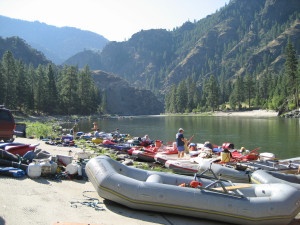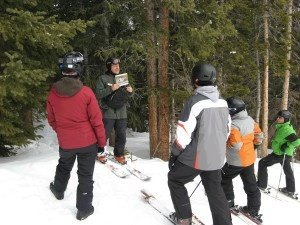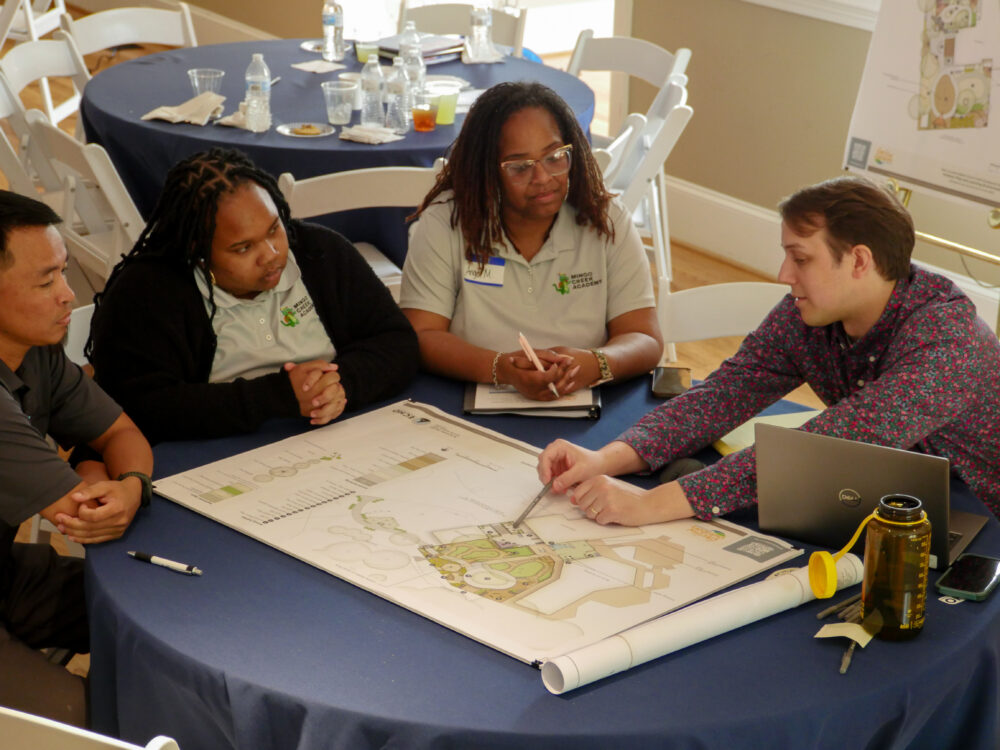We have much more to do and your continued support is needed now more than ever.
National Forests Support Recreation Economy

Tapping our public lands for economic value should emphasize the benefits of the recreation economy rather than shortsighted timber harvest expansions that can harm our landscapes.
Visitors come to National Forests to hunt and fish, bike and hike, view wildlife, and paddle some of our most incredible rivers. Some head outdoors simply to de-stress and relax. While they’re doing that, though, they are making jobs and providing an economic boost.
Seeing the Forest for the Jobs
According to a draft report by the U.S. Forest Service, recreation on National Forests contributes $13.6 billion to the country’s GDP each year and supports 205,000 jobs. Those numbers far outpace the forest products industry, which generate $2.7 billion and support 42,000 jobs from the National Forest System, or energy and mineral production at $8 billion and 56,000 jobs. 
These contributions are part of the even larger outdoor recreation economy through buying gear, maps, and items in gateway communities.
- The outdoor recreation economy is $646 billion annually.
- This sector grew by 5% annually between 2005 and 2011 — through an economic recession.
- Counties with over 30% protected public land saw a 345% job growth between 1970 and 2010, compared to 83% growth over the same time for counties with no public land.
Cutting into Recreation Landscapes

Timber harvesting can serve many useful purposes in National Forests — reducing fuel hazards for wildfire, restoring wildlife habitat and historic forest structure, and providing economic boosts in rural communities. But this bill would instead set politically motivated minimum harvest levels and ignore the other values of public lands.
Here are some of the implications of the bill:
- Creates a minimum cut of 7.5 million acres that must be hastily selected within 60 days of the bill’s passage.
- Essentially blocks ongoing collaborative processes that are using the best scientific information to improve forest management by instead locking in existing forest plans.
- Relies on woefully out-of-date forest management plans. While National Forests are required to revise their management plans every 15 years, many plans currently in place date back to the 1980s. These plans have even been overdue for revision for an additional 15 years!
Rushing to set politically driven minimum harvest levels using old plans is simply a poor way to manage our public lands that does not reflect current recreation trends, up-to-date scientific information, or the value of collaboration with local groups.
Take Action
A recent study by the National Wildlife Federation, “Valuing Our Western Public Lands” looks at how recreation supports local economies. We need strong voices to stand up for sustainable economic value from our public lands instead of shortsighted, flawed attempts to cut our way to prosperity.






















